This month sees the following articles in ChemSocRev that are in the top ten most accessed:-
MOF thin films: existing and future applications
O. Shekhah, J. Liu, R. A. Fischer and Ch. Wöll
Chem. Soc. Rev., 2011, 40, 1081-1106, DOI: 10.1039/C0CS00147C, Critical Review
C-H Functionalization in organic synthesis
Huw M. L. Davies, Justin Du Bois and Jin-Quan Yu
Chem. Soc. Rev., 2011, 40, 1855-1856, DOI: 10.1039/C1CS90010B, Editorial
Applications of advanced hybrid organic-inorganic nanomaterials: from laboratory to market
Clément Sanchez, Philippe Belleville, Michael Popall and Lionel Nicole
Chem. Soc. Rev., 2011, 40, 696-753, DOI: 10.1039/C0CS00136H, Critical Review
Walking molecules
Max von Delius and David A. Leigh
Chem. Soc. Rev., 2011, Advance Article, DOI: 10.1039/C1CS15005G, Critical Review
Graphene nanosheet: synthesis, molecular engineering, thin film, hybrids, and energy and analytical applications
Shaojun Guo and Shaojun Dong
Chem. Soc. Rev., 2011, 40, 2644-2672, DOI: 10.1039/C0CS00079E, Critical Review
C-H functionalization logic in total synthesis
Will R. Gutekunst and Phil S. Baran
Chem. Soc. Rev., 2011, 40, 1976-1991, DOI: 10.1039/C0CS00182A, Critical Review
Transition-metal-catalyzed C-C bond formation through the fixation of carbon dioxide
Kun Huang, Chang-Liang Sun and Zhang-Jie Shi
Chem. Soc. Rev., 2011, 40, 2435-2452, DOI: 10.1039/C0CS00129E, Critical Review
Recent developments in natural product synthesis using metal-catalysed C-H bond functionalisation
Lindsay McMurray, Fionn O’Hara and Matthew J. Gaunt
Chem. Soc. Rev., 2011, 40, 1885-1898, DOI: 10.1039/C1CS15013H, Tutorial Review
Mechanical properties of hybrid inorganic-organic framework materials: establishing fundamental structure-property relationships
Jin Chong Tan and Anthony K. Cheetham
Chem. Soc. Rev., 2011, 40, 1059-1080, DOI: 10.1039/C0CS00163E, Critical Review
Ordered mesoporous non-oxide materials
Yifeng Shi, Ying Wan and Dongyuan Zhao
Chem. Soc. Rev., 2011, Advance Article, DOI: 10.1039/C0CS00186D, Critical Review
Why not take a look at the articles today and blog your thoughts and comments below.
Fancy submitting an article to ChemSocRev? Then why not contact us today with your suggestions.
Comments Off on Top ten most accessed articles in March
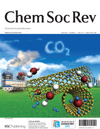 The eagle-eyed among you may have noticed a subtle change to the Chem Soc Rev homepage. Can you spot it?
The eagle-eyed among you may have noticed a subtle change to the Chem Soc Rev homepage. Can you spot it?










 This fascinating topic is covered by Polly-Anna Ashford and
This fascinating topic is covered by Polly-Anna Ashford and 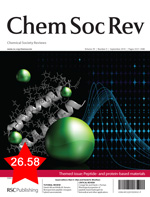
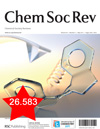

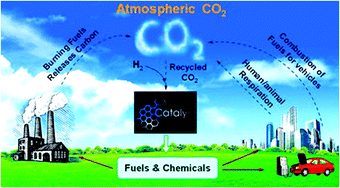 In the
In the 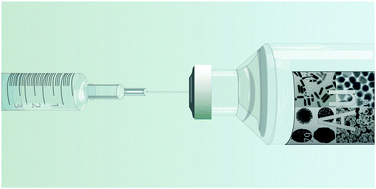


 Concern for our planet and its well being is forcing chemists to think about greener, more sustainable processes to make the things we need and want, such as new technologies, fuels and drugs.
Concern for our planet and its well being is forcing chemists to think about greener, more sustainable processes to make the things we need and want, such as new technologies, fuels and drugs.
